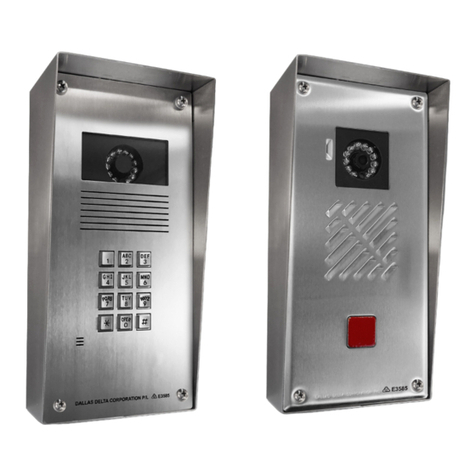
CONTENTS
1
2
3
4
5
6
7
8
9
10
SAFETY AND CARE INFORMATION
1. Safety and care information ................................................................................ 3
1.1 Operating environment ..................................................................................... 3
1.2 Mains power supply ........................................................................................... 3
1.3 Pacemakers ......................................................................................................... 3
1.4 Other medical devices ........................................................................................ 3
1.5 Radio transmission equipment ......................................................................... 4
1.6 Potential explosive atmospheres ..................................................................... 4
Important Warning .....................................................................................................4
QUICK START GUIDE
2.0 Quick start Guide ................................................................................................ 5
2.0 Operational Quick start Guide .......................................................................... 5
PRODUCT DESCRIPTION
3.0 Product Description ........................................................................................... 6
PRODUCT FEATURES
4.0 Product Features ................................................................................................ 6
INSTALLATION
5.1 Prior to installation ............................................................................................. 7
5.2 SIM PIN Code ....................................................................................................... 7
5.3 Important information ....................................................................................... 7
CONNECTIONS AND SETUP
6.1 Internal connections .......................................................................................... 8
6.2 Installing the SIM ................................................................................................ 9
6.3 Battery .................................................................................................................. 9
6.4 Connecting the power supply ........................................................................... 9
6.5 LED indications ................................................................................................. 10
6.6 Powering up ...................................................................................................... 10
OPERATING
7.1 Hands-free ......................................................................................................... 11
7.2 Handset .............................................................................................................. 11
PROGRAMMING
8.0 Programming .................................................................................................... 11
8.1 Programming - using Dallas Delta Congurator ........................................... 12
8.2 Settings - using Dallas Delta Congurator ..................................................... 13
8.3 Phone Book - Using Dallas Delta Congurator ............................................. 14
8.4 Logs - Using Dallas Delta Congurator .......................................................... 15
8.5 Updates - Using Dallas Delta Congurator .................................................... 16
8.6 SMS Programming ............................................................................................ 16
8.7 Keypad Programming ...................................................................................... 16
8.8 DTMF Programming ......................................................................................... 17
8.9 Phone and Phonebook Parameters ............................................................... 17
8.10 Audio Parameters ........................................................................................... 19
8.11 Codes ............................................................................................................... 19
8.12 Function Options ............................................................................................ 20
8.13 SMS Settings .................................................................................................... 21
8.14 Functions ......................................................................................................... 22
PROGRAMMING SUMMARY - QUICK REFERENCE GUIDE
9.1 Phone ................................................................................................................. 24
9.2 Audio .................................................................................................................. 24
9.3 Codes ................................................................................................................. 24
9.4 Options .............................................................................................................. 25
9.5 SMS settings ...................................................................................................... 25
9.6 Functions ........................................................................................................... 25
TECHNICAL SPECIFICATIONS
2





























